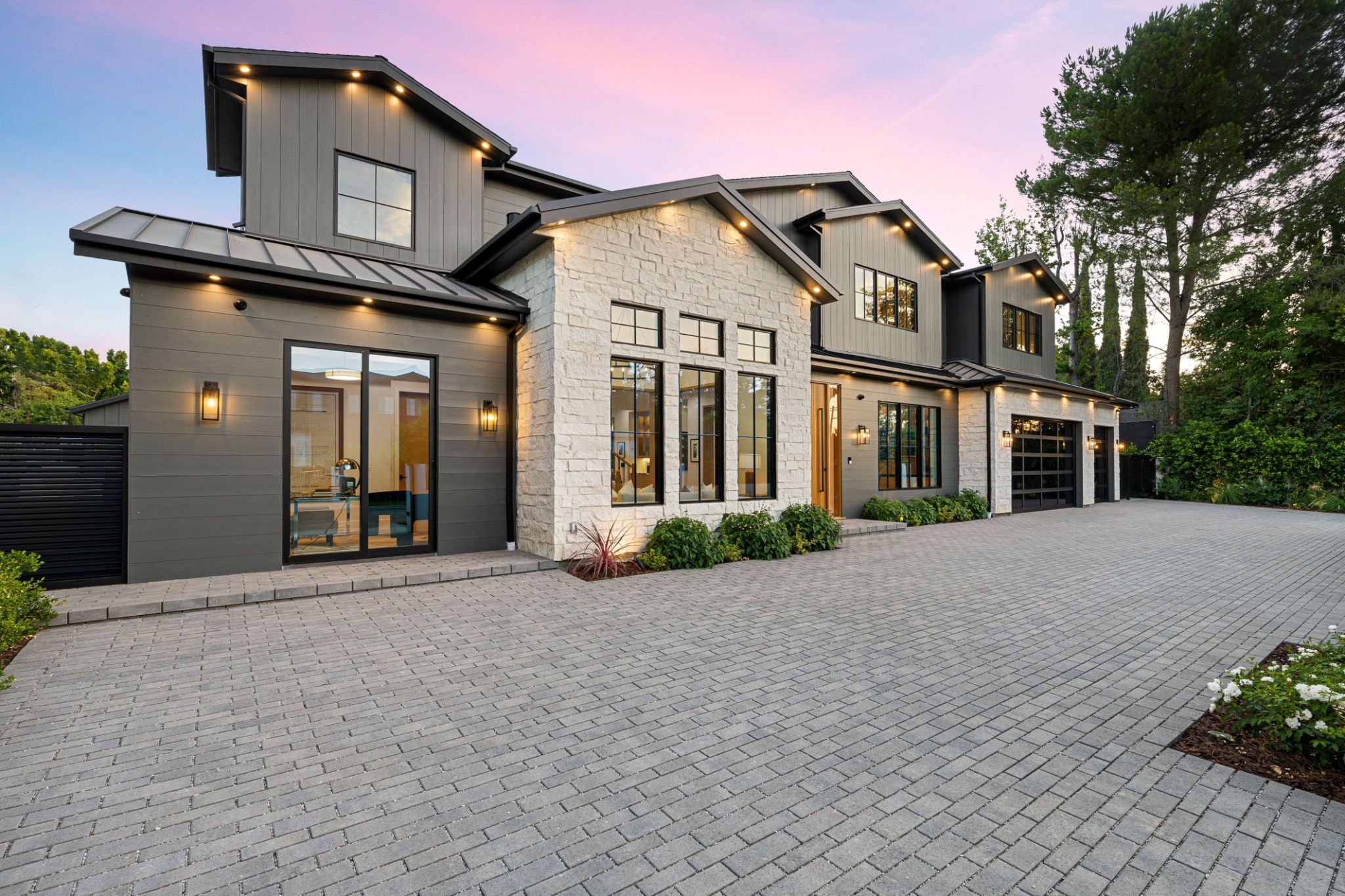Exploring the Latest Trends in Real Estate Photography
Introduction to Real Estate Photography Trends
In recent years, the world of real estate photography has undergone a significant transformation. As technology advances and consumer expectations evolve, photographers and real estate professionals alike are constantly seeking innovative ways to capture and present properties. Understanding the latest trends in this field is crucial for anyone involved in buying, selling, or showcasing real estate.

Drone Photography: A New Perspective
One of the most exciting trends in real estate photography is the use of drones. Drones allow photographers to capture stunning aerial shots of properties, providing potential buyers with a unique perspective that ground-level photos simply cannot offer. This bird's-eye view can highlight the property’s surroundings, showcasing nearby amenities, landscapes, and the overall neighborhood.
Moreover, drones can create dynamic video tours that elevate marketing efforts. By integrating aerial footage with traditional shots, real estate listings become more engaging and give a comprehensive view of the property.
Virtual Tours and 360-Degree Photography
Virtual tours have become increasingly popular, especially in a world where physical distancing might still be necessary. These tours provide an immersive experience, allowing potential buyers to "walk through" a property from the comfort of their own home. 360-degree photography is a key component of creating these virtual tours, offering an interactive experience that static images cannot match.
With advancements in virtual reality technology, some real estate agencies are now offering VR tours that can be experienced with VR headsets, further enhancing the sense of presence for prospective buyers.

Twilight Photography for Enhanced Ambiance
Twilight photography is gaining traction as it adds a level of drama and ambiance to real estate images. Shooting just after sunset, photographers can capture the warm glow of interior lights against the cool tones of dusk. This technique makes properties appear inviting and elegant, often creating a memorable first impression.
When executed effectively, twilight photography can convey a sense of luxury and exclusivity, appealing to high-end markets and differentiating listings from competitors.
The Rise of Minimalism and Staging
Minimalism has made its way into real estate photography as well. By focusing on clean lines, open spaces, and neutral color palettes, photographers can emphasize the potential of a space without overwhelming viewers with clutter. This approach aligns with current interior design trends that favor simplicity and functionality.
Alongside minimalism, professional staging has become a key aspect of real estate photography. Proper staging highlights the best features of a property and helps potential buyers envision their own lives within the space.

Embracing Technology for Editing and Enhancement
The editing process has also seen technological advancements with the integration of software that enhances the quality and appeal of real estate photos. Tools for adjusting lighting, color correction, and perspective distortion have become essential for photographers seeking to present properties in the best possible light.
Furthermore, AI-driven software is beginning to play a role in automating certain aspects of photo editing, increasing efficiency without compromising quality.
Conclusion: Staying Ahead in Real Estate Photography
The field of real estate photography is ever-evolving, with new trends continuously emerging as technology advances. Staying updated with these trends is essential for photographers and real estate professionals who aim to deliver impactful visual content that resonates with modern buyers. By embracing these innovations, they can ensure that their listings stand out in a competitive market.